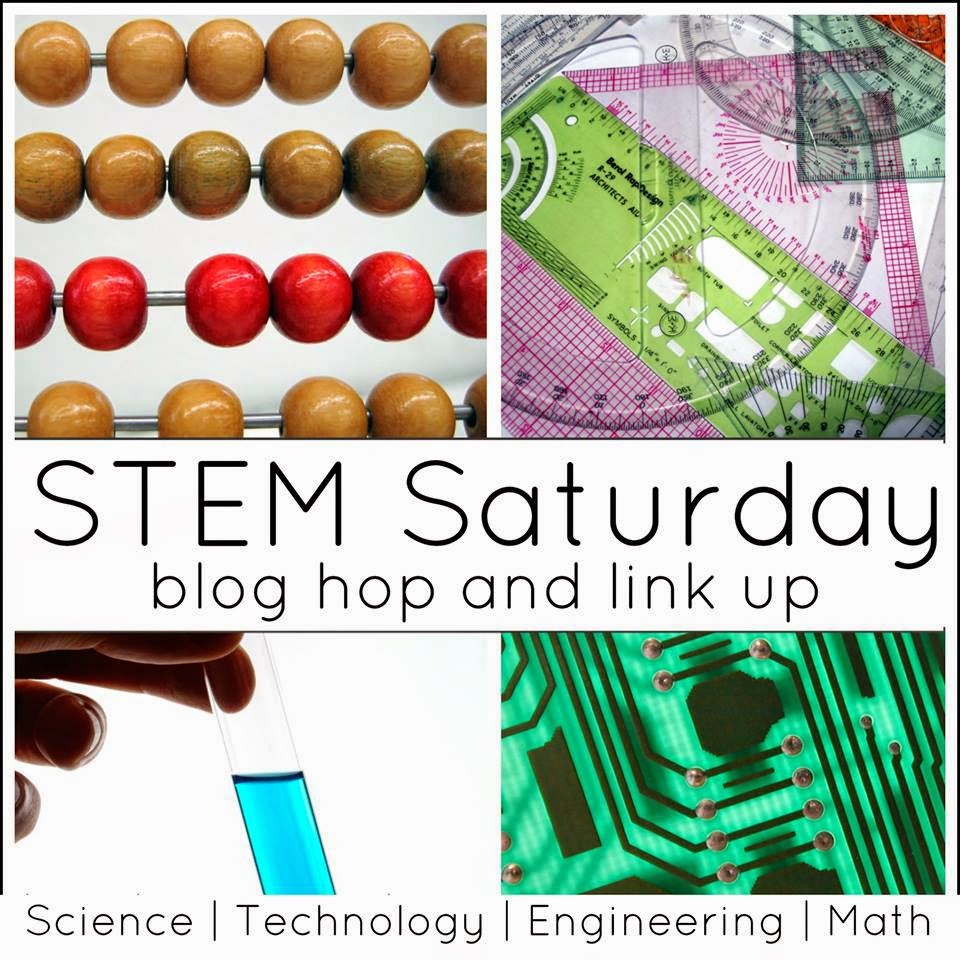Total Time: About 5 minutes
Safety Concerns: None. This is a fantastic activity that even toddlers and preschoolers can do on their own. (Though they might get messy!)
Materials You Need:
Milk (we used whole since that is what we had in the fridge)A bowl or casserole dish
Food Coloring or liquid water colors
Glitter (if desired)
Liquid dish soap
Toothpick
- Pour milk in a dish. You don't want or need much, just a thin film that covers the bottom of the dish.
- Squeeze a few drops of food coloring or liquid water colors into the milk. Add glitter, if desired.
- Dip the end of the toothpick into the dish soap and then into the center of one drop of colored milk. Don't stir it! Watch the color erupt and scatter like a firework in the sky!
What is going on?
There are actually a few different things that are going on here. First, dish soap is disrupting the surface tension of the milk. Remember when we did our fun experiment with surface tension to see how many drops of water we could fit on different coins? Remember the cool little dome that water forms at its surface? All liquids, including milk, act this way to some extent. Adding soap interrupts those bonds along the surface, making the surface molecules spread out and the colors explode like fireworks!
Second, soap is super interesting. One end of a soap molecule LOVES water (hydrophilic) while the other side HATES water and loves oil and fat (hydrophobic). Soap can get dishes and clothes clean because the hydrophobic end picks up the grease, oil, and dirt, while the hydrophilic end dissolves in water and washes all the dirty stuff away with it.
Milk, especially whole milk, contains fat and proteins. When soap is added to milk, the hydrophobic end of a soap molecule grabs onto a fat molecule in the milk. With millions of molecules finding a partner all at once, the mixture gets all stirred up! You will notice in my video that it looks like the milk is erupting for several seconds after dish soap is added. This is why. It's such cool effect, isn't it?!
You can easily turn this activity into an interesting science fair experiment by trying it out in different liquids. What happens when you try skim milk versus whole milk? What about something like cream that has lots more fat in it? What about water? Try vegetable oil? Record your findings and enjoy the process!
*This post contains affiliate links. Please see our disclosure policy.
STEM Saturday
Now we want to see your best STEM Activities! That means show us your
best Science, Technology, Engineering, and Math posts! By linking up, you are
agreeing to be featured in future blog posts and allow us to use one
image from your posts. Feel free to link up to 3 activities each week,
and show others some love.






We love this experiment! We even tried it with butter milk which gave us a different result. Thanks for sharing on my facebook page.
ReplyDeleteOoh, buttermilk! I've only ever tried it with whole milk, but I've wanted to try with heavy cream or something super fatty. Thanks for the suggestion :)
DeleteHello. I saw you on GoodTipsTuesday. I have never seen this experiment before. Is it yours or did it come from your Useborn science book? I am going to follow your pinterest board for more ideas:-)
ReplyDeleteI love this idea - so much fun and so colourful and best of all easy to do with things we usually have to hand! Thanks for sharing :-)
ReplyDeleteLove this activity! I meant to do it with my kids but never get the chance! Thank you for sharing it with us! #pintorials
ReplyDeleteYour magic milk looks even more magic in the star shaped dish. #Pintorials
ReplyDeleteThis looks like a lot of fun! My five year old is all about science "experiments" these days and I'm quite certain he'll get a kick out of this!
ReplyDeleteLooks more magical with glitter!
ReplyDeleteOh i need to try this with my girls. bet they will love it!
ReplyDeleteThank you for linking up with the #pinitparty
Deleteso cool and so easy! Thanks for sharing at our FB Share Day!
ReplyDeleteThis looks like a fab experiment to introduce little ones to scientific experiments :-) #weloveweekends
ReplyDeleteThank you for linking up with last weeks's We Love Weekends! You have been featured on this week's post via Witty Hoots! Hope to see you linking up again soon!
ReplyDeleteThank you for linking up with last weeks's We Love Weekends! You have been featured on this week's post via Witty Hoots! Hope to see you linking up again soon!
ReplyDelete